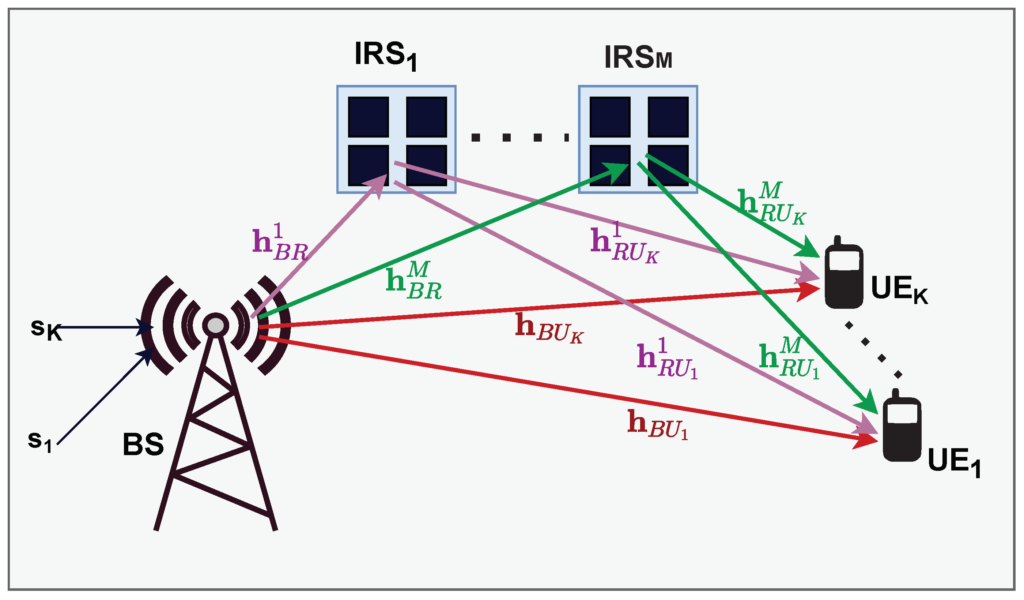Exploring the Evolution of Antennas: From Simple Rods to Smart Arrays
Beyond basic communication, antennas find applications in various fields, pushing the boundaries of technology:
- Radar Systems: Antennas play a vital role in radar systems for detecting and tracking objects, such as aircraft and weather phenomena.
- Wireless Sensing: Antennas enable wireless sensing technologies used in IoT (Internet of Things) devices, environmental monitoring, and healthcare applications.
- Radio Astronomy: Giant radio telescopes employ sophisticated antenna arrays to capture and analyze radio signals from celestial bodies, unlocking the mysteries of the universe.
- Satellite Communication: Satellite antennas facilitate global communication, broadcasting television signals, providing internet connectivity, and supporting navigation systems.
Antennas have long been the unsung heroes of our connected world, quietly facilitating communication across vast distances. From the simple dipole antennas of yesteryears to the sophisticated phased arrays of today, the evolution of antenna technology has been nothing short of remarkable. In this blog post, we’ll take a journey through time and explore three significant milestones in the development of antennas, showcasing their transformative impact on telecommunications.
The Birth of the Dipole Antenna:
Imagine a time when wireless communication was in its infancy, and the need for antennas was just emerging. Enter the dipole antenna, a fundamental yet revolutionary invention that laid the foundation for modern telecommunications. Consisting of two conductive elements, typically rods or wires, the dipole antenna efficiently radiates electromagnetic waves into space. Its simplicity belies its significance, as it became the archetype for countless antenna designs that followed. From early radio broadcasts to today’s Wi-Fi networks, the dipole antenna remains a cornerstone of wireless communication.


Enter the Era of Parabolic Reflectors:
As communication technologies advanced, so too did the need for antennas capable of focusing signals over long distances. This demand gave rise to the parabolic reflector antenna, a marvel of engineering inspired by the reflective properties of curved surfaces. By shaping a reflective dish into a parabolic curve and placing a feed antenna at its focal point, engineers created a highly directional antenna capable of concentrating radio waves into a tight beam. Parabolic reflectors revolutionized point-to-point communication, enabling long-range links for applications ranging from satellite communication to microwave backhaul networks.

Revolutionizing Connectivity with Phased Array Antennas:
In summary, 5G offers significant improvements over LTE, making it a better choice for future mobile communication needs. Its unparalleled data speeds, lower latency, higher device density, and improved network efficiency open up a world of possibilities for innovative applications and services. However, it’s important to note that the complete transition to 5G will take time, and LTE will continue to be an essential part of our mobile networks for the foreseeable future.
As 5G infrastructure continues to expand and become more accessible, users can look forward to a new era of connectivity, enabling transformative technologies and revolutionizing the way we live, work, and communicate.
So, while LTE has served us well for many years, 5G stands poised to redefine what’s possible in the world of mobile communication and propel us into a future of unparalleled connectivity.
Conclusion:
From humble beginnings to high-tech marvels, the evolution of antennas has been a testament to human ingenuity and innovation. As we continue to push the boundaries of communication technology, antennas will remain at the forefront, enabling connectivity that transcends barriers and connects the world like never before. Whether it’s a simple dipole, a parabolic reflector, or a phased array, antennas will continue to shape the way we communicate, ensuring that the future of connectivity remains bright and boundless.
